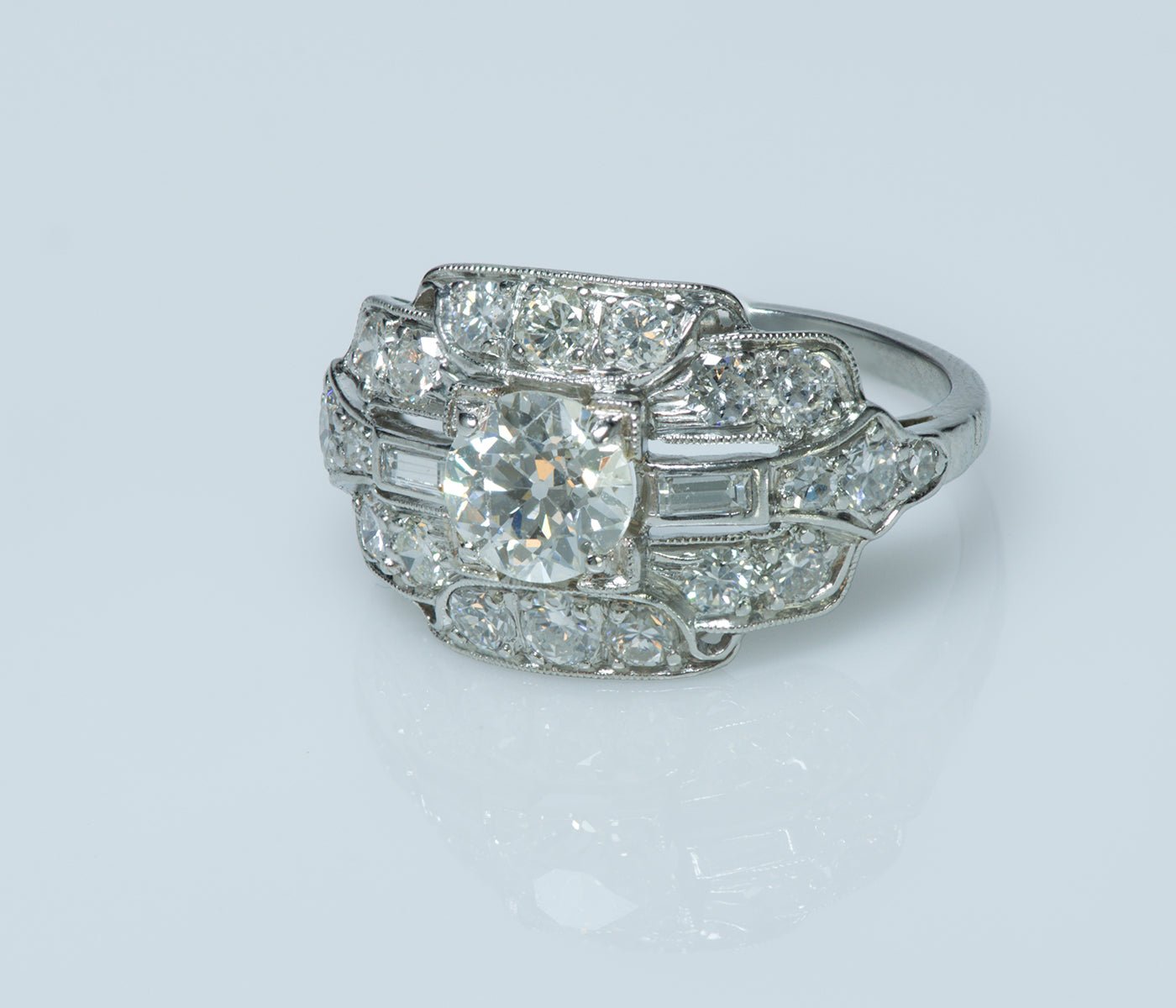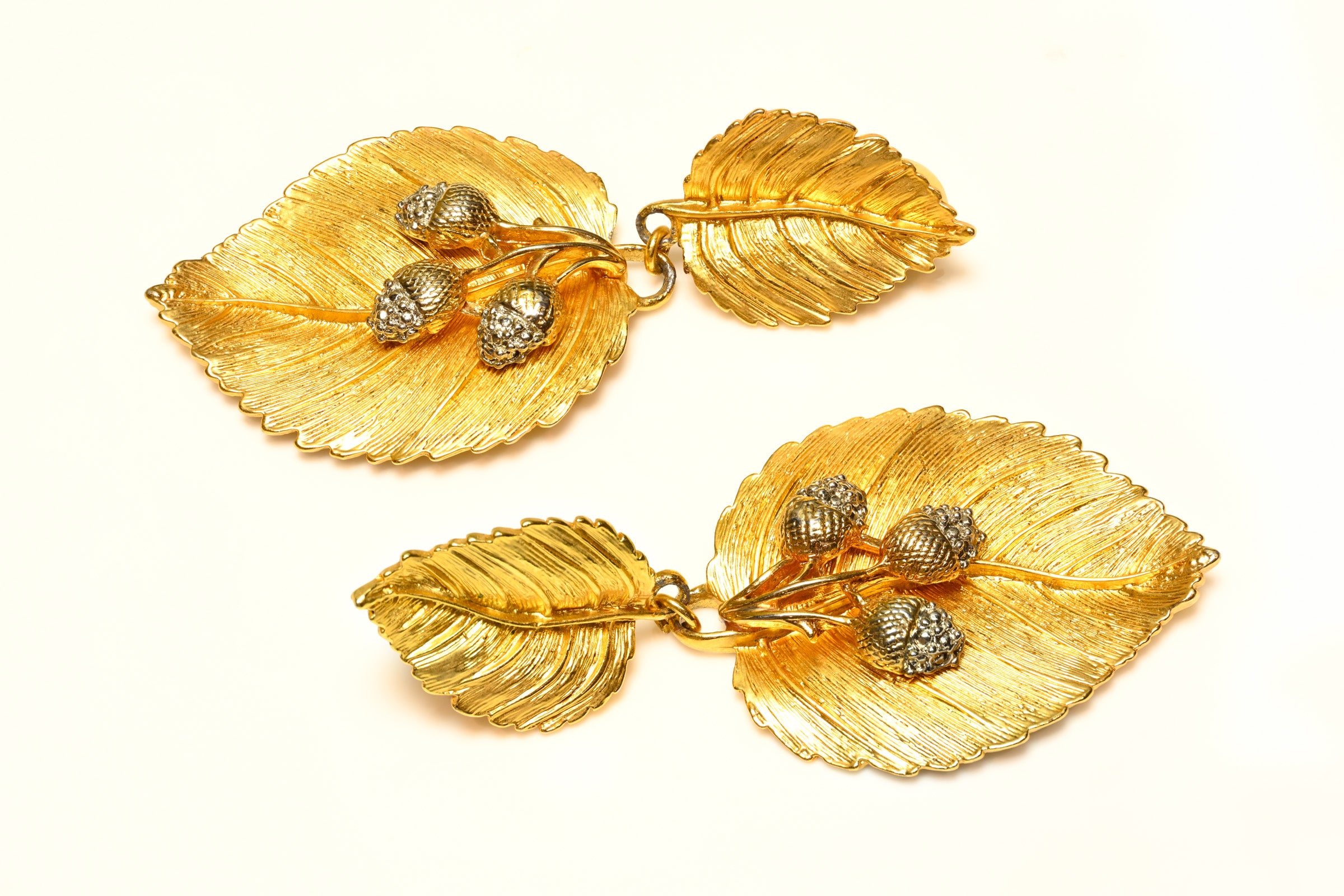
Five Surprising Things About Cameos
1. The cameo making art has a history of a few millennia long!
The time-honored engraving of hardstones dates back several millennia to the seals that identified ancient Near Eastern dignitaries. Ancient Greeks then refined the art. They would engrave both precious and semiprecious stones, and with an exquisite precision. You can say Greek’s cameo making craftsmanship matched the precious stones rarity and that of their gold settings. These objects often bore the images of deities. As might be expected during an age of intense spirituality, most medieval cameos have religious subjects as well.
2. Ancient methods of hardstone engraving were based on principles that are still in play today.
In antiquity, the pieces were worked by manipulating various drills against them. The drills were made of relatively soft metal, and later made of iron. In order to make the drills rotate the workmen of the past would use a wheel and the actual cutting was accomplished not with the point of the drill itself but by using the drill to rub powders (for example, diamond powder in later epochs) into the stone, and additional abrasives were often employed to polish the backgrounds. At all times the precious stones must have been gripped fixedly with just enough flexion to prevent their shattering under stress. 
3. Many people have a misunderstanding about what cameo is and isn’t.
Ask ten people what is cameo, and probably seven will say cameos are engraved or carved stones. But actually cameos, in the most accurate terms, are miniature sculptures, not engravings. The three-dimensionality of cameos, which are usually quite tiny, is attained through intensely concentrated work at close range. Just like in sculpture making drills are employed to bring forth the design from the stone, burrowing through the stone's upper layers down to the ground layer. Cameos were, and still are, especially prized when the artist in his or her design explores the stone's depths. To maximize visual effect and realize a strong contrast, cameo makers would often play a paler layer against a darker ground, typically white on black, especially in onyx.4. Cameos had tremendous influence over the course of history.
By the late 15th century copies of the most admired cameos were re-appearing everywhere, whether carved in enlarged versions on portals or painted in actual size in the borders of illuminated manuscripts. Even the great Florentine sculptor Lorenzo Ghiberti owned cameos whose compositions inspired passages in his Renaissance masterpiece Gates of Paradise, the bronze doors of the Florence Baptistery. Cameos grew steadily in popularity over the eighteenth century, as evidenced by their occurrence, as motifs on objects of all sorts, from textile patterns to ceramic borders.
5. Today beautiful antique and vintage cameos are worn as edgy jewelry pieces.
Today, our appreciation for the stunning art of cameo making craftsmanship shows in models wearing cameo earrings, rings and brooches, gracing covers of glossy magazines, popular signers of every possible genre wearing cameo necklaces over denim and leather, and of course cameo jewelry shine on big and small screens.
 Check out DSF Antique Jewelry cameos findings as well as our unique Custom Jewelry Collection.
Check out DSF Antique Jewelry cameos findings as well as our unique Custom Jewelry Collection.

















